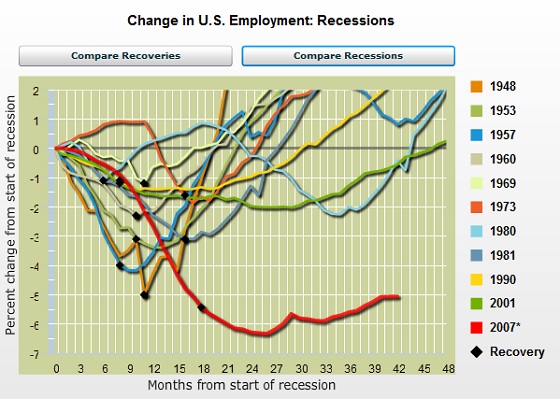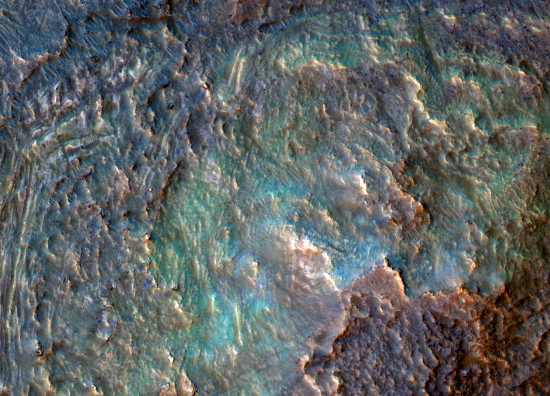Guest post by Phil Berardelli
John H. Marburger III, former science adviser to President George W. Bush and head of the White House Office of Science and Technology Policy, died this past week from non-Hodgkins lymphoma. He was 70.
Just about every news article reporting the death describes Dr. Marburger, a physicist and former head of the Brookhaven National Laboratory, as a controversial figure. This article, for instance, in The New York Times, said the following about Marburger:
In a critical editorial in April 2004, The New York Times, addressing accusations that the Bush administration had distorted or suppressed scientific information that would conflict with its policy preferences, acknowledged the respect Dr. Marburger commanded, calling him “a respected physicist and lifelong Democrat who would not seem an automatic apologist for this administration.” But it added, “The question yet to be answered is whether he is speaking from conviction when he claims that the critics are off base or is serving as a frontman for an administration whose activities in this area are sometimes hard to defend.”
Apparently, because Marburger — a Democrat and one of the longest-serving members of the administration — supported some of the positions espoused by the Bush White House, that made him controversial. But in my 40 years as a journalist and 15 years of covering science, I can’t think of a person I encountered who was more earnest and straightforward.
» Read more





